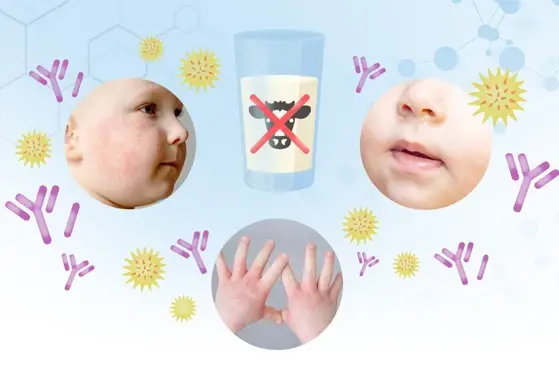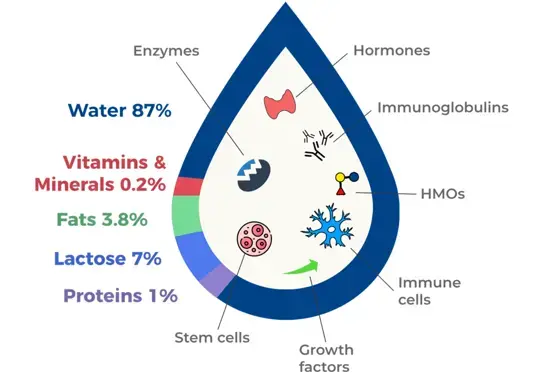Articles and Books


7 things we should know about nutrition & prevention of allergic diseases in at-risk infants
7 things we should know about nutrition & prevention of allergic diseases in at-risk infants



Myth vs. Fact: Does Maternal Avoidance of Highly Allergenic Foods in Pregnant & Lactating Women Help Prevent Allergies in Their Offspring?
Myth vs. Fact: Does Maternal Avoidance of Highly Allergenic Foods in Pregnant & Lactating Women Help Prevent Allergies in Their Offspring?

1000 AND BEYOND: Nourishing From Birth to Lifelong Health
1000 AND BEYOND: Nourishing From Birth to Lifelong Health


Safety and Tolerability of Bifidobacterium Longum Subspecies Infantis LMG11588 Supplementation in Healthy Term Infants
Safety and Tolerability of Bifidobacterium Longum Subspecies Infantis LMG11588 Supplementation in Healthy Term Infants


